December usually means two things for me.
Christmas Markets and connecting with my American roots by delving further into Battle of the Bulge lore.
Sadly, Christmas Markets will have to wait another year, but in December 1944, I would imagine missing Christmas Markets was the last thing on anyone’s mind in eastern Belgium. In early December 1944, residents of eastern Belgium were likely preparing for a hopeful but impoverished Christmas as they tried to pick up the pieces of their lives after a long occupation by Nazi Germany since May 1940. The allies had arrived in September 1944 and by mid-September, Belgium had been liberated. However, this was still the front line and the presence of American military in people’s homes and fields was still an everyday part of life. Then on December 16, 1944, the German war machine stunned the allies and stormed back into this rural part of Belgium in a last ditch effort to win the war. For the second time in five years, the local citizens found themselves caught up in the maelstrom of an invasion. It is with an empathy of this tumultuous Christmas season 1944 that I headed to the little village of Bellevaux just south of Malmedy for a Beer & Hike.
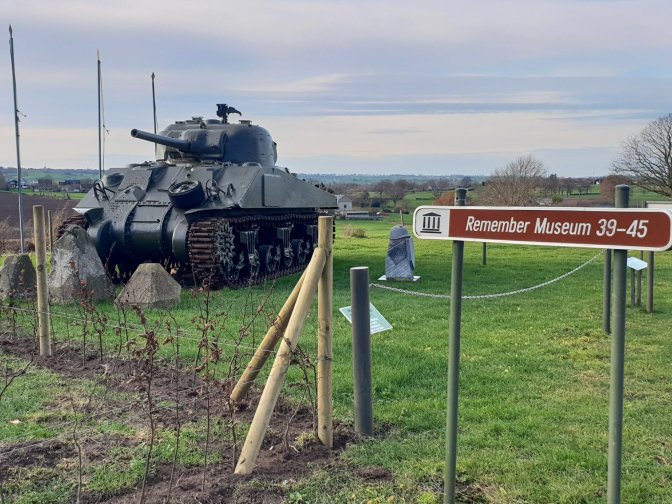
To the reader who is only casually familiar with World War II history, the name Malmedy probably at least rings a bell. At one time, it was the same for me when I saw the name on a map after moving to Belgium. If there is a city in eastern Belgium which represents the complexity of culture and allegiance that exists there, it is Malmedy. Citizens in Malmedy mainly speak French. It is located in the Wallonian part of Belgium. For centuries it formed an independent state called Stavelot-Malmedy which was founded in the 7th century by French Saint Remacle as a sort of Benedictine principality. It remained linked to France (Burgundy in particular) even during the time when the Spanish and Austrian empires ruled the surrounding areas. Eventually it became part of France after the French Revolution in 1795 when the abbeys that were the core of the Stavelot-Malmedy state were abolished. Then after Napoleon was defeated in 1815, Malmedy was absorbed by Prussia (while Stavelot came under the Austrian Netherlands) and became part of the German empire for just over 100 years, where speaking French was outlawed. If you add 100 years to 1815, you are smack dab in the middle of World War I. The citizens of Malmedy fought for the Germans in that war. Then at the Treaty of Versailles in 1920 after World War I ended, Belgium was awarded Malmedy and other Prussian-held territories in the region. The French language returned but some parts of this region still speak German as an official language to this day.
So by the time the Germans came knocking down the door again in December 1944, the region was already like a victimized orphan in a bad social care system. The American soldiers didn’t trust the civilians of east Belgium and neither did the Germans. The civilians themselves were constantly faced with life or death decisions to either support the Americans, who had liberated them but were suddenly outnumbered, or side with the coming horde of the Sixth Panzer Army which were part of the notoriously ruthless SS. Doing the latter would mean risking that the SS would consider them Allied-sympathizers and execute them. Many of the civilians actually had children who were part of the German military, some by choice, some not. About 8700 men from this region were part of the German military for World War II. The civilians also had to choose whether or not to evacuate their homes. Those who stayed, hid out in cellars. The rest became exposed caravans of women and children heading either west trying to stay ahead of the German army or those hoping for German sympathy heading east to get behind the German lines. You can imagine the paranoia that would exist on both sides. It is estimated that around 3,000 Belgian civilians lost their lives in the Battle of the Bulge. A huge number when you consider that the American military, who were actually doing the fighting, lost 19,000.
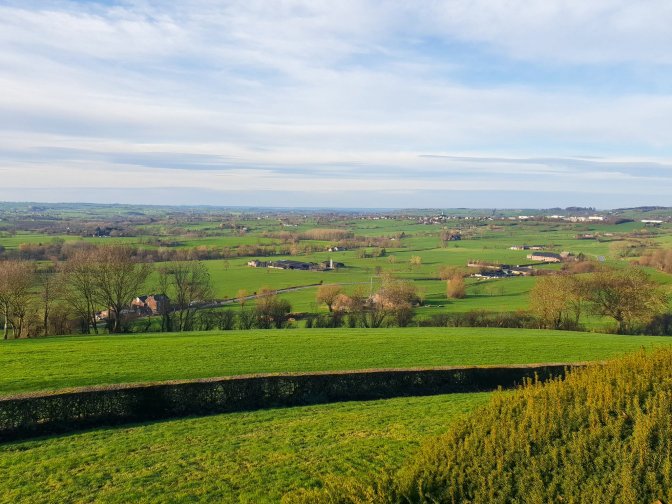
The Sixth SS Panzer Army was led by SS-Obersturmbannführer Joachim Peiper. It is because of Peiper that the name Malmedy resonates in any way in the consciousness of an American. It was near Malmedy where Peiper and his men viciously executed 84 American prisoners of war. Today this is known as the Malmedy Massacre. There is a memorial to this massacre at the location where it happened, called the Baugnez crossroads, which I discussed in my Christmas & War in the Eifel post. In all, Peiper would be responsible for executing 362 prisoners of war and 111 civilians. Yet he would only serve 12 years in prison for his war crimes. But in 1976, karma came back around as Peiper was burned to death in his home after his identity had been discovered by some former members of the French Resistance.
Before arriving to Bellevaux, a good place to stop and pay homage to the American soldiers in World War II including many of the victims of the Malmedy Massacre is the Henri-Chapelle American Cemetery and Memorial about 45 minutes north of Malmedy. The site has 7992 graves. Just a few minutes away is the Remember Museum (photo above) which was temporarily closed due to Covid.

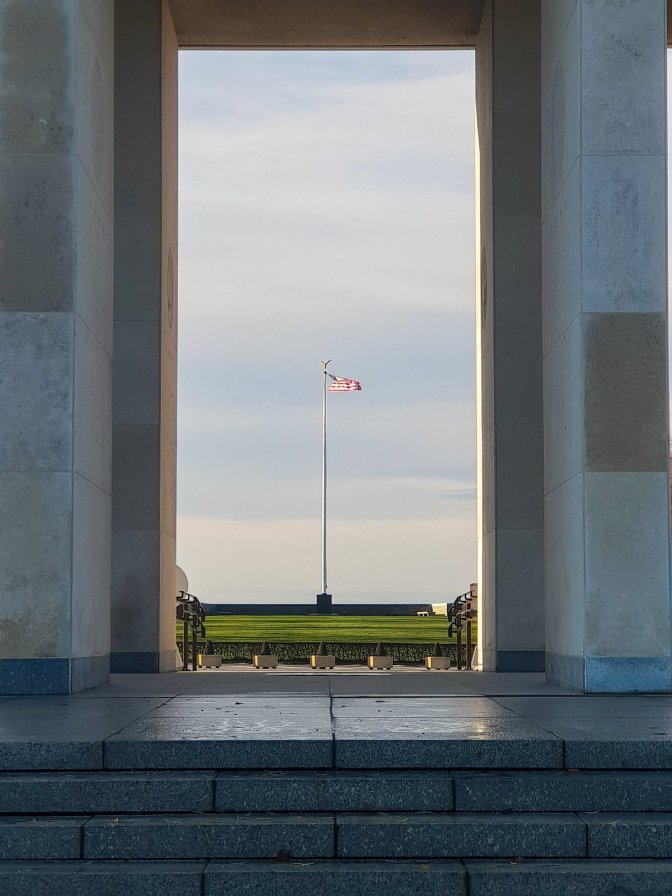
With the sobering thought of a horizon of white crosses in my mind and an appreciation for another opportunity to connect with history, I found my way to the tiny hamlet of Bellevaux and got ready for a little more December mud.
Hike Details
| Starting Point | Brasserie de Bellevaux parking |
| Ending Point | Roundtrip |
| Distance | 11.3 km |
| My Total/Moving Time | 2h32m / 2h20m |
| Eating Place | Bring your own food |
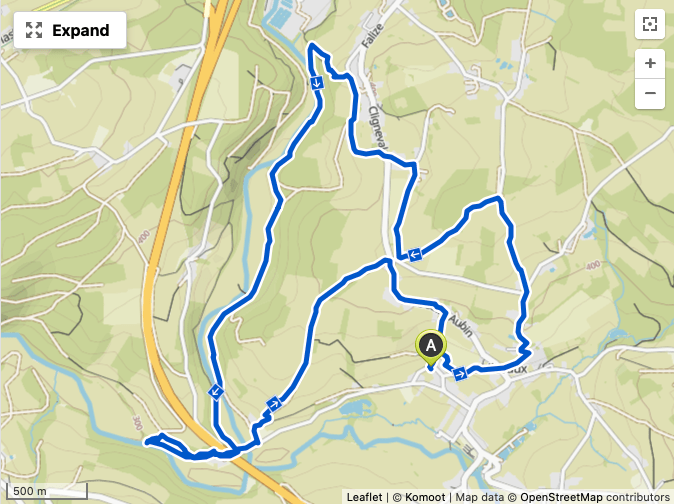

It’s Not Just a Beer, It’s a Journey
This hike is a bit shorter than the hikes I usually do, but that gives a little more time to do some extra site-seeing afterwards. There are several variations of hikes in this area, each with it’s own route designated by a color and an animal or insect. The route that I followed had the name Les Deux Rochers, meaning The Two Rocks. The hike is bookended by two outcrops of exposed rocks called the Rocher de Falize and Rocher de Warche which both provide the best viewpoints of the hike.
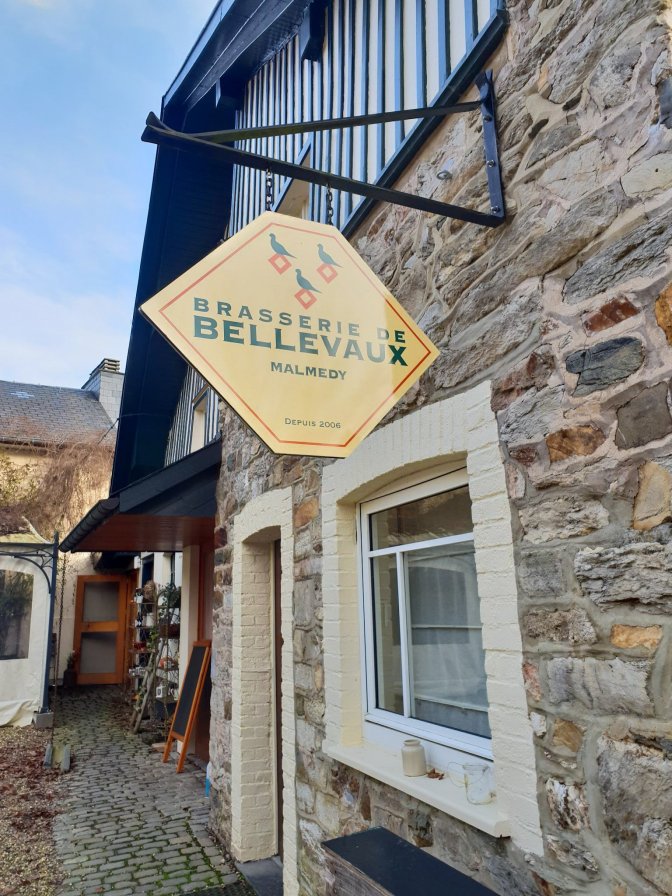
The beer angle of the hike focuses on the Brasserie de Bellevaux, which, other than the natural surroundings, is the only interesting thing to see and do in the sleepy village of Bellevaux. During non-COVID times, the brewery offers a tour and has a cozy cafe. They currently have five varieties of beer in regular production:
- Blanche (4.8%): Witbier
- Black (6.3%): Dark English style ale
- Brune (6.8%): Belgian dubbel
- Blonde (7%): Belgian blonde
- Malmedy Tripel (9%): Belgian Tripel
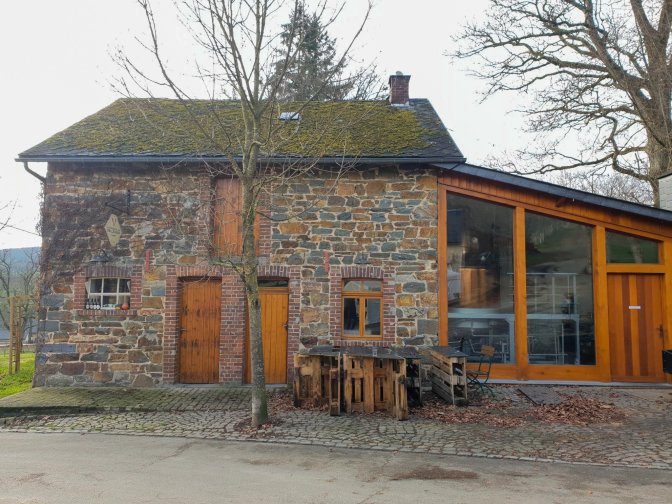
Unfortunately there wasn’t even a whisper of anyone around the brewery to sell me a bottle so I picked up some at a supermarket to feature in the obligatory beer photo later on.
Time to rocher… I mean rock.
Photographic Journey
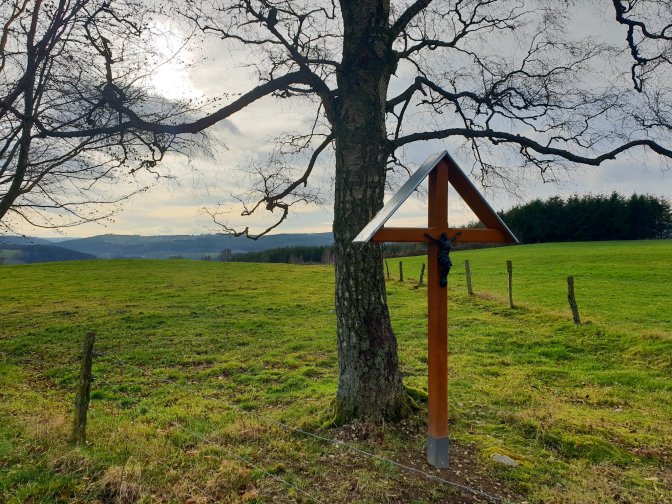
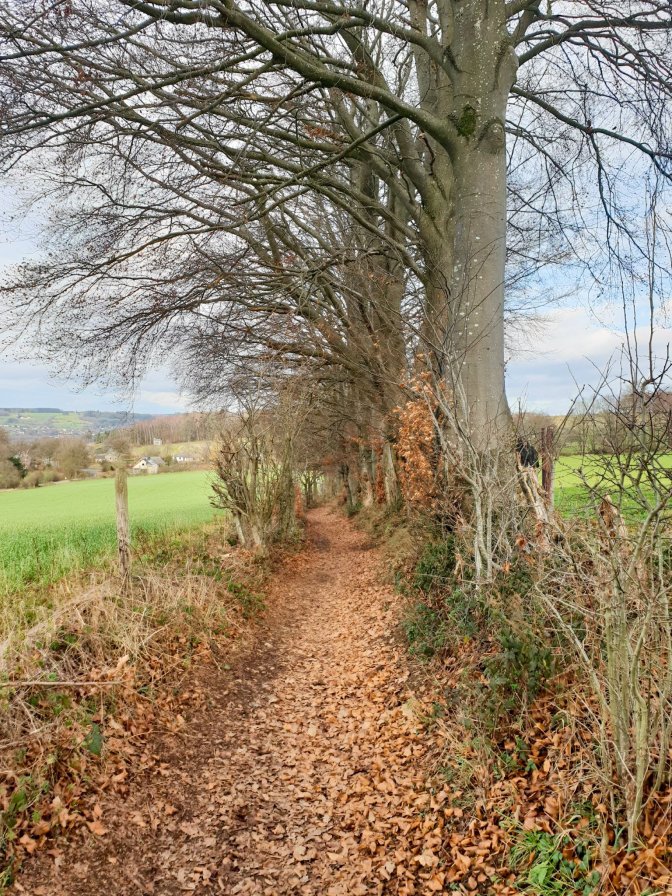
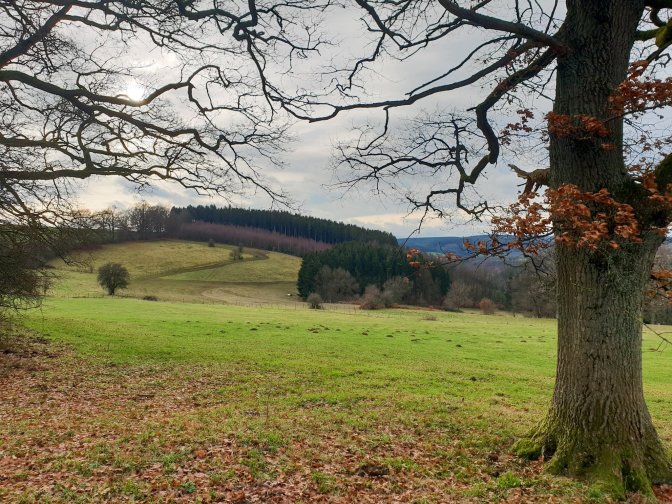
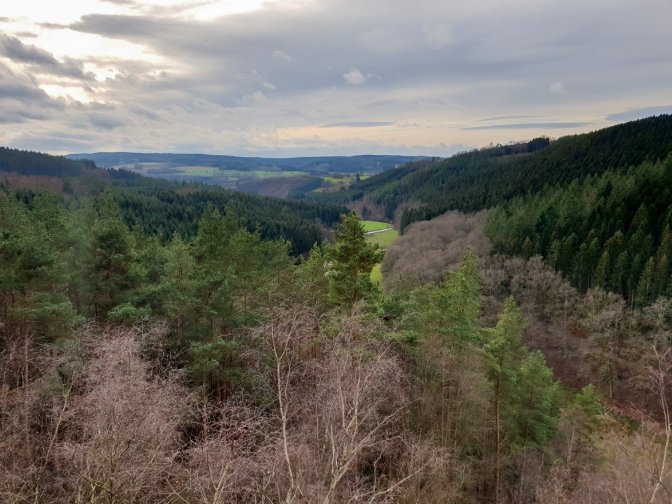
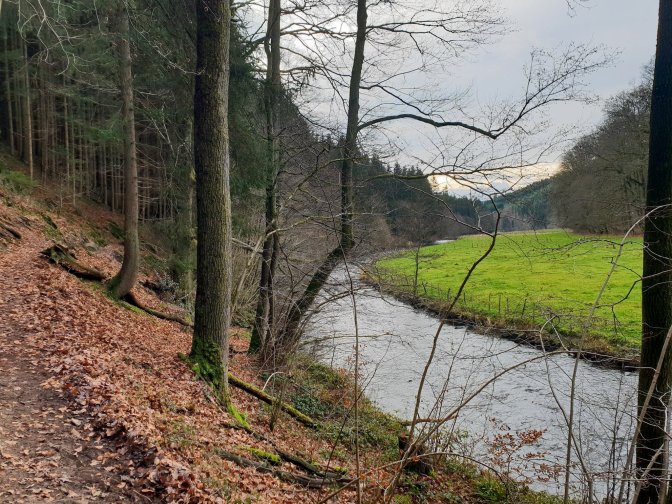
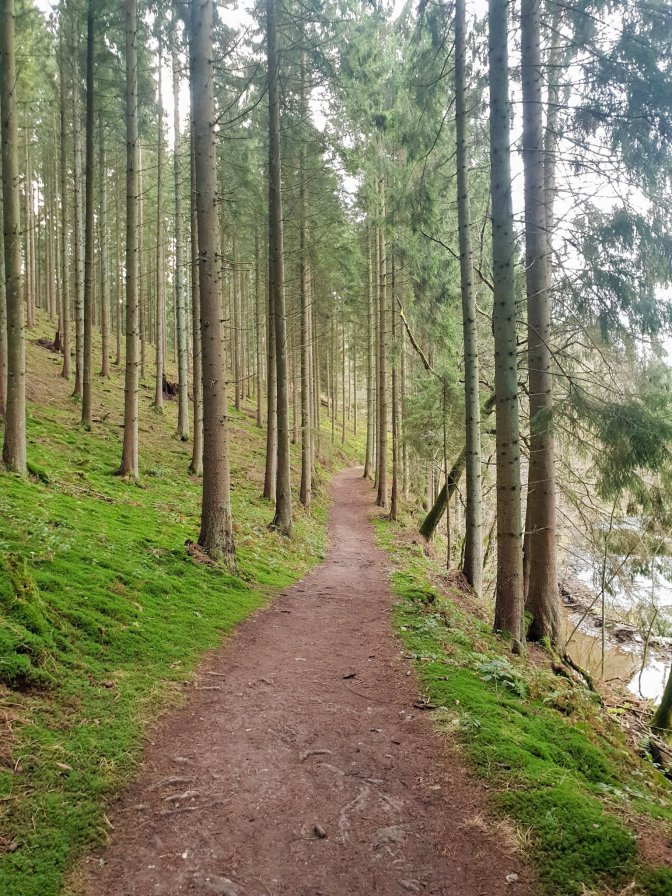
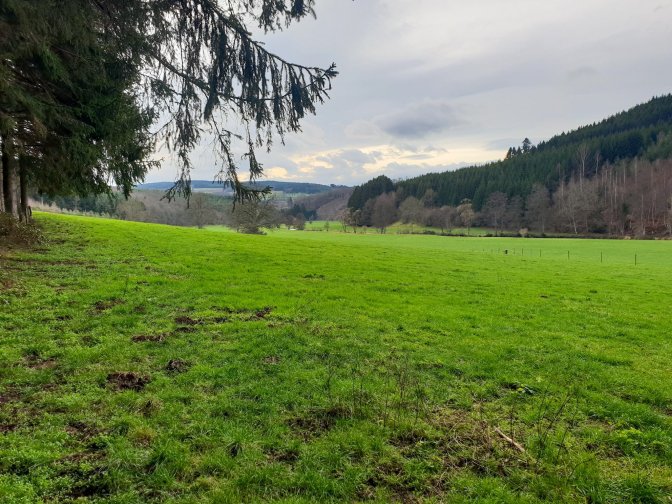
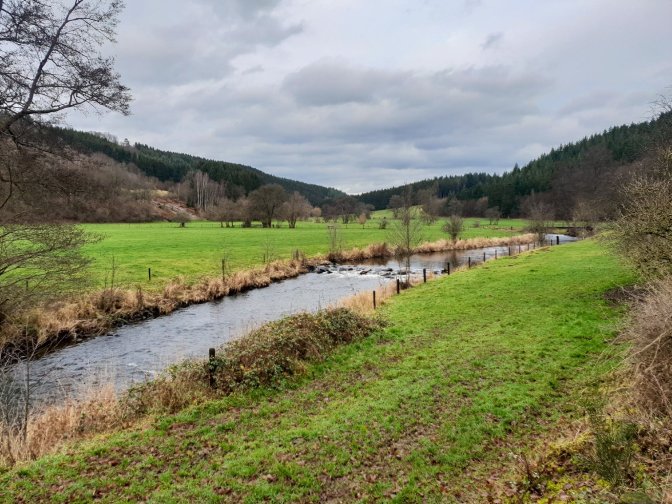
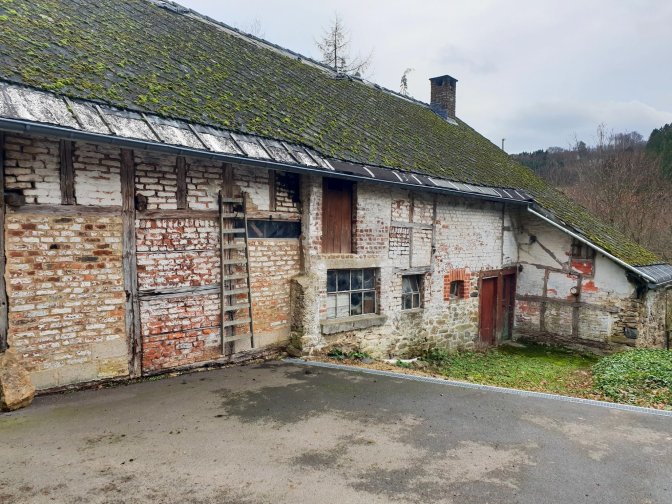
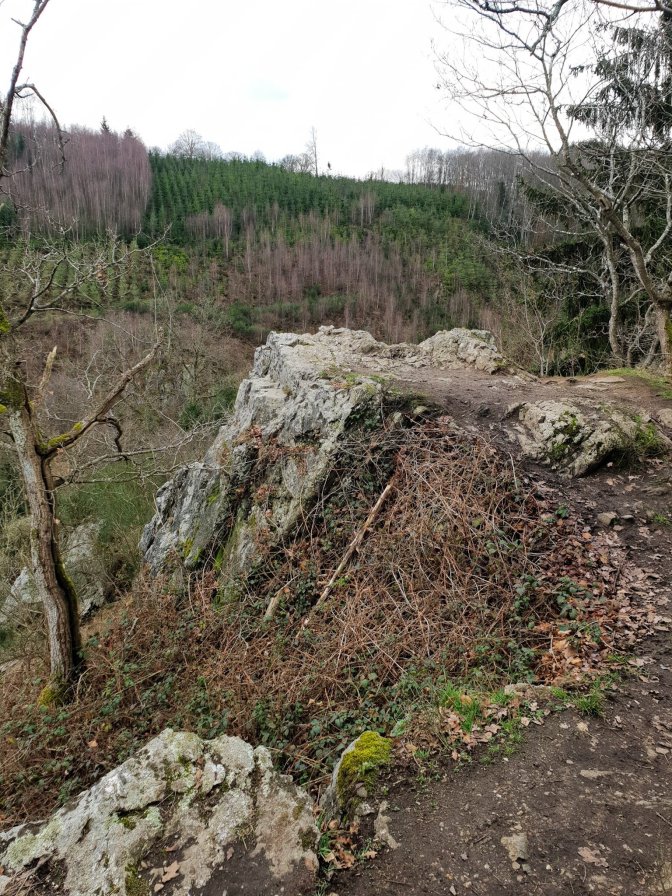
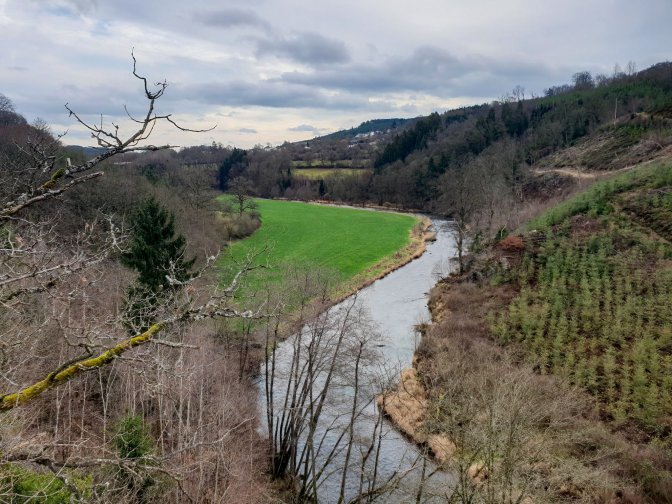
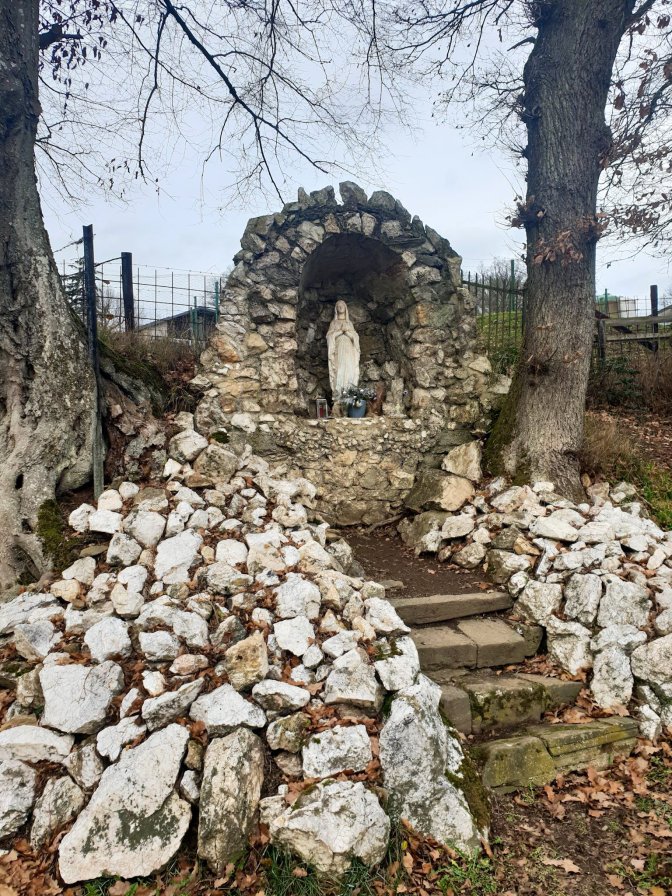
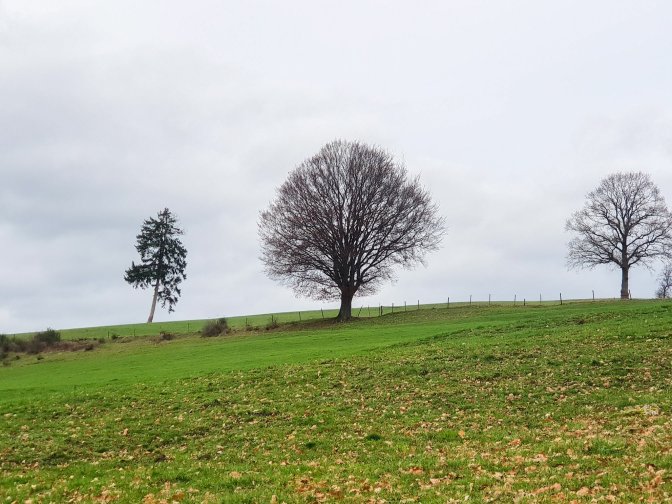
What Else to See
Malmedy
Malmedy city center is just a short drive away from Bellevaux and it is recommended to stop just for a short stroll around the center and see the Cathedral of Malmedy. Situated adjacent to the cathedral are various war memorials, including one dedicated to civilian victims and one for the 1st US Army which liberated Malmedy for the first time on September 1, 1944.
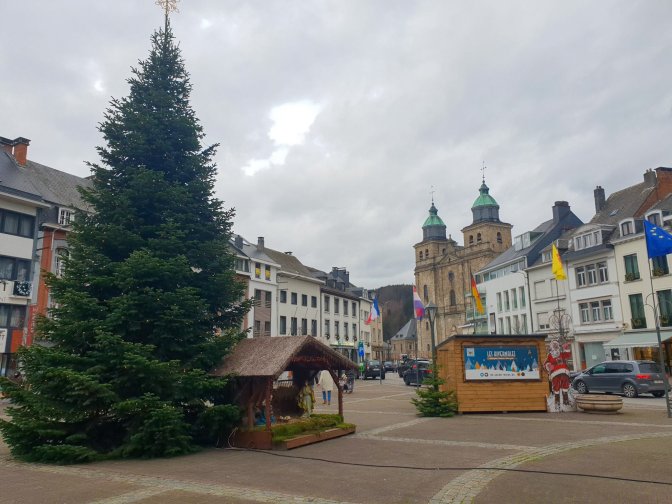
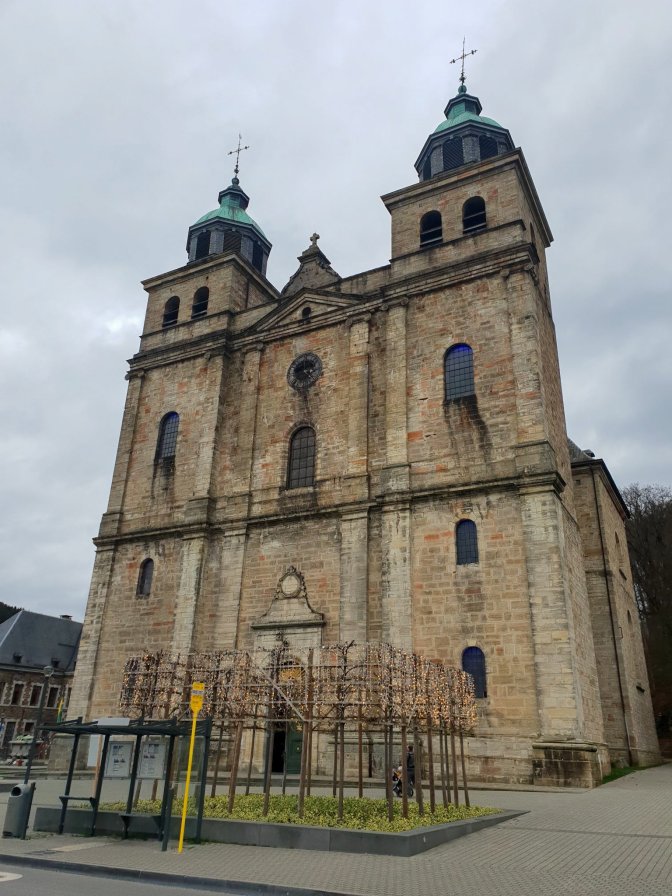


Abbaye de Stavelot
Just a 15-minute drive from Malmedy is the Abbaye de Stavelot which formed the other half of the Benedictine Abbey pair that made up this unique Stavelot-Malmedy state. Most of the abbey was destroyed during the French Revolution and only a doorway is a still standing from the original church.
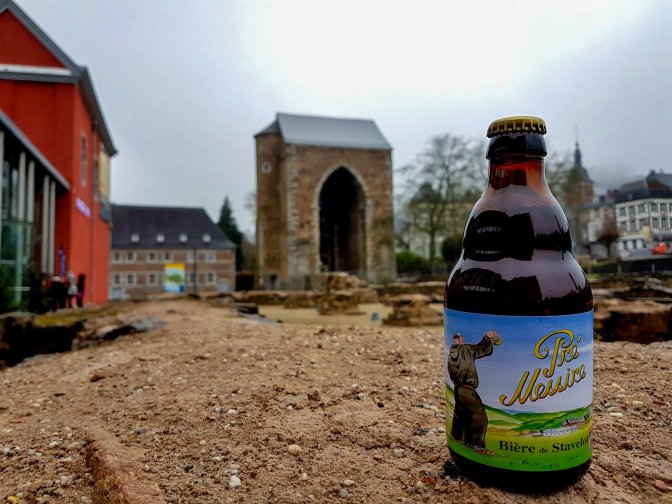
Final Words
The more I learn about this corner of Belgium, the more fascinating it becomes. My original plans for this Christmas holiday was to follow the route of Joachim Pieper’s Sixth SS Panzer Army from village to village looking for the ghosts of a turbulent time for this region. Covid has disrupted those plans somewhat but there is no doubt that this visit to Bellevaux and Malmedy was a good place to start to get a sense of the historical significance of this region and also to get a taste of the landscape that lay witness to these crucial, tragic, and heroic events.
As it is quite likely this is my final blog post before Christmas, I want to thank anyone who is reading these words for taking the time to share in these experiences with me. You have no idea how much it means to me. Have a wonderful Christmas Eve and a Merry Christmas, and I hope you and all of your loved ones are healthy, happy and continue to remain that way.


Very fascinating and informative post.
LikeLiked by 1 person
Thank you very much 😊😊
LikeLike
Thank you… thank you for sharing all these experience!
Merry Christmas, Matthew!
LikeLiked by 1 person
Thank you, Patricia and Merry Christmas to you too 😊😊
LikeLike
A beautiful hike. I can see why that’s your favorite part of the forest. It’s fascinating to learn the history of a place. Have a beautiful Christmas Eve and Merry Christmas, Matthew ☺️⭐️
LikeLiked by 1 person
Thank you, Suzanne 😊😊 I hope you had a wonderful Christmas also… 🎄🎅🤶🎄
LikeLiked by 1 person
Thank you, Matthew 😊😊
LikeLiked by 1 person
Happy New Year, Suzanne! 😊😊
LikeLiked by 1 person
Happy New Year, Matthew! 😊😊
LikeLike
Such an intriguing post! Reading this put me there and made me imagine what it was like there during WWII. Thank you for the trip. 🙂
LikeLiked by 1 person
Thank you so much for the kind words. 😊
LikeLiked by 1 person
It’s my pleasure. Keep up the great writing! 😊
LikeLiked by 1 person